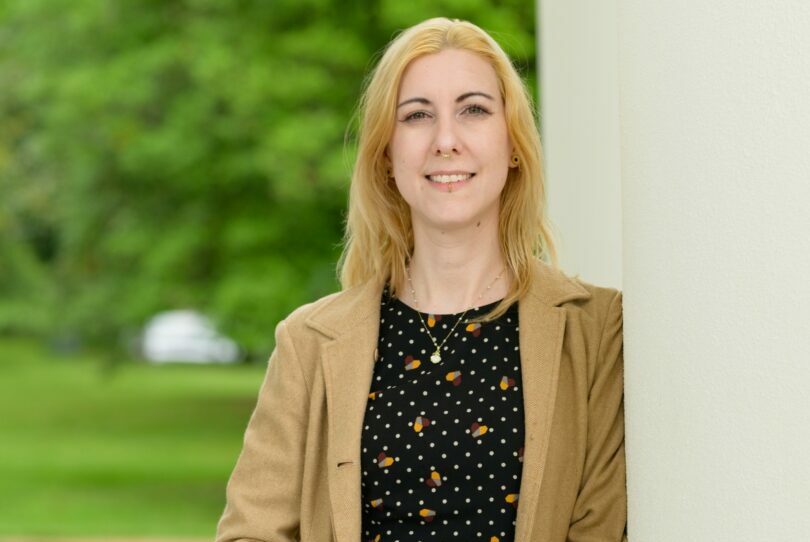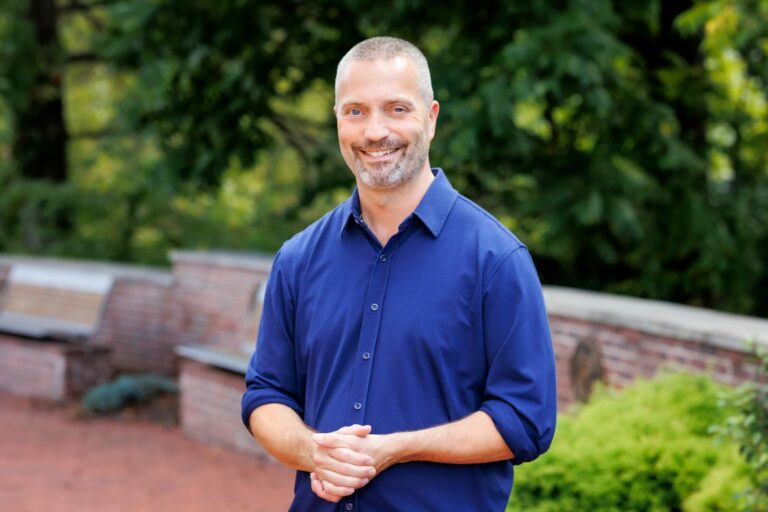Alright – so today we’ve got the honor of introducing you to Celeste Wong. We think you’ll enjoy our conversation, we’ve shared it below.
Celeste, thank you so much for making time for us. We’ve always admired your ability to take risks and so maybe we can kick things off with a discussion around how you developed your ability to take and bear risk?
I feel that there are several key points in my journey as an artist where risks were taken, some were forced risks and others I had to muster the courage to do so. Before I committed to choosing art as my major in college, I was in Environmental Science. While spending a full first year as an ES major, I felt my quality of life deteriorate. The school routine never really felt like it was for me, even in grade school, and college felt even more draining. All around me, my classmates, my professors, the culture of studying all for a grade felt meaningless. There was no passion behind any of it. And the things I did enjoy studying were so short lived. My parents always told me to find something I loved and had passion for. There was no passion here. I would find myself drawing and taking time making elaborate diagrams in my notes to help me learn, which my classmates thought useless. Pretty, but useless and a waste of time. After getting straight C’s for an entire year, no matter how I changed my study tactics, I felt more and more like this life was not for me. I took a ceramics class for fun that would put the number of credits I was taking, quite high for a 1st year, and I felt joy and excitement come back into my life. I just knew that I had to take the risk and follow my passions.
During the pandemic was when I was faced to make the largest risk for my career. I had left my apprenticeship and returned to my parents home, like many other young professionals my age. Before covid, I had plans and thoughts of going to graduate school, working at a community studio as a studio tech, or teaching at a community studio to be able to make work of my own. All of that changed when covid happened. All community studios were either temporarily closed or completely shut down because of the lack of business. During my apprenticeship, I would set aside money from my part time jobs to save up for studio equipment. I was able to purchase a lightly used kiln in that time, so when covid hit, I thought that all I really needed was a wheel and some clay and I can keep making things. I took up different part time jobs, but my heart was truly with my art projects, I set up an online store, kept posting more frequently on social media and slowly built up a following. As more and more people kept buying from my small batch drops, it gave me a boost of confidence that maybe I could do this full time. My seasonal part time job ended and before I started my next part time job, I put in all my time to my art. It was the greatest joy I had felt and I knew that I needed to quit the part time jobs and just keep creating full time. Looking back on these points in my life, I know now that listening to my heart and following my passion has been my compass for making these risks.

Great, so let’s take a few minutes and cover your story. What should folks know about you and what you do?
I am a full time, small batch ceramicist who enjoys creating functional art. I draw inspiration from patterns, nature, current events and occasionally objects from my culture. What I love most about working in clay is that there is so much diversity in technique to make a finished piece. From the start of my clay career, 9 years ago, I fell in love with the technique called “sgraffito”. I always enjoyed making ink drawings and illustrations and when I learned about the sgraffito technique, I was thrilled that I could combine my love for illustrating with my love of creating in clay. To describe the technique, first you paint a layer of colored slip or underglaze on to the piece before firing and then you carve a design, revealing the original color of the clay. Rather than just making a piece on the wheel and firing it right away and allowing for the glaze to determine its final finish, I like to sgraffito patterns and textures as my form of expression.
Recently, my most popular pieces have been my functional sculptures in the form of mooncakes. My larger mooncakes come in the form of boxes. They are two pieces, a lid and body where the inside of the mooncake is hollowed out on the wheel, and both lid and body are fired together in the kiln for optimal fitting. They are a little larger than a real sized, 150gram mooncake, each glazed in different flavors and fillings. This year I’ve made the mooncakes into magnets and Christmas and Lunar New Year ornaments.
I feel like my work is ever evolving and that my work changes with my own inspiration and feeling. I know it can be both frustrating and exciting as a continuing customer of my work since I don’t continuously mass produce the same work over a long period of time, but for me as an artist, I am most happy when I create new pieces on my pace.

Looking back, what do you think were the three qualities, skills, or areas of knowledge that were most impactful in your journey? What advice do you have for folks who are early in their journey in terms of how they can best develop or improve on these?
As a person who works in clay, I think one of the most important skills I learned was mindfulness of the material. Mindfulness in the sense that just because I made a piece off the wheel, doesn’t mean that it needs to be brought to completion, Knowing that after a piece is fired in the kiln and cannot be recycled makes me think often about whether I should let go of a piece early on when it can be recycled, or if it will be worth the hours and resources to be solidified in ceramic. I’ve learned to easily let go of pieces when they have imperfections instead of toiling for hours to fix or mend those errors. That has saved me so much time and materials. Another important skill I’ve learned is to practice and keep practicing. Throwing and turning pots on the wheel is a skill that needs to be practiced and tuned. If I can’t get a chance to be at the wheel for a while, I will take a couple hours to make “warm up” pots, where I throw without thinking and push the limits of the clay all without expectations. When I was a beginner, I wanted every pot I made on the wheel to survive and be carried through to the end. But not all pots made are good pots. It’s okay to let them go. Which leads me to my next important skill- to test. Always be open to testing. Although it takes longer to see that final product to completion, testing out clays, glaze combinations and forms will always lead you to better results.

All the wisdom you’ve shared today is sincerely appreciated. Before we go, can you tell us about the main challenge you are currently facing?
One challenge that comes and goes often is facing burnout caused by the business aspect of my art. When I started selling my pieces, I just created what I liked and on my own terms. I have a passion for rare houseplants and I started using my plant collection as my muse and the subject for my patterns on my work. Those pieces went viral and were the sole pieces that carried my business. After 3 years of constantly creating just those patterns and work alone, my passion for my plants and plants as a subject slowly started disappearing. Even though the passion disappeared, the business side of me told me I had to keep making them because that is what the people want. I tried setting aside some time for passion projects and would post about them to see how people would receive them. It was even more disheartening when I would post my passion projects and rarely get likes/views compared to the pieces I was known for. And then even more depressing when the passion projects would never sell during drops and only the pieces that paid the bills. I don’t think there is a resolution to this problem, but I know that in order to overcome the feelings of burnout is to keep on setting aside those times to be creative and make new things. I also have to remind myself that even though I make pieces for people to enjoy, at the end of the day, I’m creating for myself and my voice.
Contact Info:
- Website: https://cwongceramics.com
- Instagram: @cwongceramics
- Facebook: cwongceramics






Image Credits
photos of me were taken by Joseph Chun, the ceramics were taken by me
so if you or someone you know deserves recognition please let us know here.




